A Rare (for me) Flamingo Fishing Report
Ken Shannon and Bob Stearns were both on my mind a lot this week, as I fished out of Flamingo with my son Maxx (thus the Flamingo Fishing Report). It would have been nice to have either or both of those gentlemen with us. I’ve had many great trips down there with Ken, and learned more fishing there one day with Bob than I had in a dozen trips on my own. Great human beings, both of them.
And of course, a blessed Easter to all.
News of the Week
The year 2016 is shaping up to be the roughest yet for the Indian River Lagoon system. There was a total fish kill in the Banana River Lagoon this week. My understanding is that the biological collapse was nearly complete. Zero dissolved oxygen in the water asphyxiated everything there that needs to extract dissolved oxygen from that water to stay alive- all the fish and shellfish, all the other invertebrates, all the rooted plant life that had managed to survive to this point. Air breathers like dolphins and manatees won’t be faring too well either, as there is absolutely nothing left for them to eat there. Interested readers can get more information here: http://www.floridatoday.com/story/news/local/environment/2016/03/23/what-we-know—-and-dont-know—-fish-kill/82163574/
A tragic bit of news.
Fishing!
Tammy had given me a glowing report of her Econ trip last Saturday. I went by kayak on Tuesday and managed two sunfish in almost five hours, an ill omen for my charter the next day.
On Wednesday Wisconsin fly fishers Vic Gulla and his son Daniel joined me for a St. Johns/Econlockhatchee trip. Fishing was embarrassingly slow. In an all day trip they got a few sunfish, two gar, and two small bass. These guys are good anglers, too.
Early Thursday morning I pointed the chariot towards south Florida with the Mitzi in tow, meeting Maxx in Florida City at about 930. At Flamingo we got our backcountry permit, although we could not do what we wanted, which was to set up a base camp on the Oyster Bay chickee for three nights. No, we had to break camp and move every morning, a big waste of time and fuel, but park rules is park rules.
Our first night was at south Joe River chickee. Fishing in that area we got a couple ladyfish, a couple snapper, a small trout, a trophy lizardfish that I wish I’d photographed (don’t have any lizardfish photos), a few puffers, and some big, ugly gafftopsail catfish. The catfish would be a recurring theme on this trip.
In general the water down there looks terrible and Coot Bay, which in my experience had always been clear, looks how the Mosquito Lagoon currently looks. I’m glad our state government is doing everything it can to keep Florida’s water quality at its historically high levels. Anyway…
Day two was spent moving camp to campsite B. We fished along the way, nabbing several more handsome sailcats. While casting a shoreline along which I was poling, Maxx also got a nice 27 inch snook on a pot-gut jig Bob Sterns had given me.
We dropped off our gear at the second campsite and went looking for tarpon, the main focus of our planning for this trip. We found some, big, happy, rolling fish. One soon nailed my black and purple streamer and tried to kick my ass. It took thirty minutes of straining and grunting but Maxx finally leadered and lipped it, after which we used the trolling motor to revive it enough until Maxx couldn’t hold it any more. Awesome!
Maxx jumped an even bigger one on a deep-running DOA Bait Buster but it only stayed on for a couple jumps before tossing the bait.
Night two was spent at the Shark River chickee. There Maxx and I experienced the heaviest no-see-um concentration that I personally have ever been fortunate enough to witness. I got utterly devoured while making supper. We jumped into the boat and rode around while eating our spaghetti and no-see-ums (I guess we got them back just a little bit there) just so we could relax, after a fashion of speaking, in bug-free comfort.
The bugs were waiting for us when we got back.
We got into the tent as fast as we could. So we would have something to do in there about 800 of the tiny bloodsuckers came in with us. It was about an hour until dark, and we killed diminutive, biting nuisances the entire time, actually ending up with a relatively bug-free sleep.
The bugs were waiting for us when we woke up. Several clouds of no-see-ums, each with thousands of individuals, hovered outside our tent. The diabolical midges knew we had to come out, I guess. There was no wind to disperse them, so they just bided their time.
We broke down camp in record time but in that time they bit the snot out of us. A fast boat ride blew them all away. All that was left were the welts.
We went back to where the tarpon were the previous day. Most of them were gone. We sat down to wait, a nice breeze keeping the bugs away. A school of fish came, obviously going someplace. We followed and fished them for about thirty minutes, without a bite, then gave up and returned to the “spot” and waited.
Another school came. Maxx jumped one on the Bait Buster. Two jumps and it was off. We followed and fished them fruitlessly for about 20 minutes, then returned to the “spot” and again waited.
Another school came. I got a bite on a Bait Buster, a big fish. One jump and it was off. We followed and fished them for about 20 minutes, then returned to the “spot” and again waited.
No more came. We eventually gave up, since we had to go to the Joe River chickee for our final night.
On the way we caught a few seatrout, keeping two 16 inch fish for supper. The catfish again made an appearance. No shortage of catfish down there, that’s for sure.
Joe River chickee has a double platform. Our neighbor this night was an 83 year old gentleman who was down there fishing by himself. Right on, baby! I can only pray that will be me in 20 years, and there will still be such a thing as wild fish to fish for.
And that, dear reader, is this week’s Flamingo fishing report from Spotted Tail.
Life is great and I love my work!
Life is short- Go Fishing!
John Kumiski
www.spottedtail.com
http://www.spottedtail.com/blog
www.johnkumiski.com
www.rentafishingbuddy.com
https://www.smashwords.com/profile/view/jkumiski
All content in this blog, including writing and photos, copyright John Kumiski 2016. All rights are reserved.
|

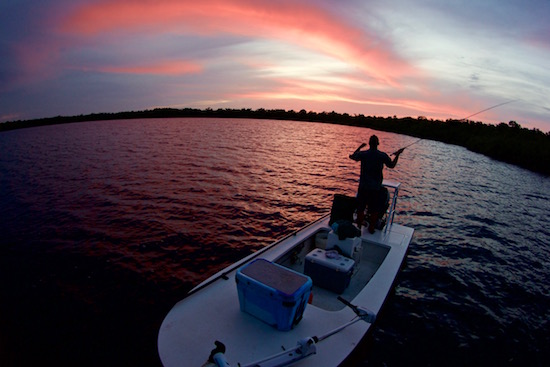
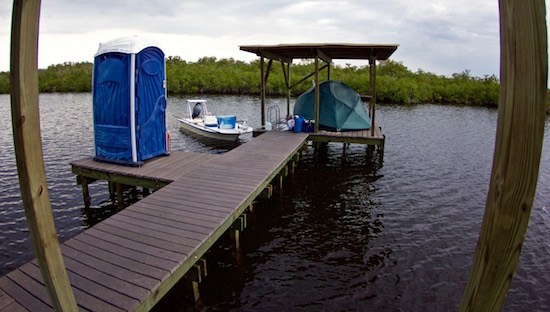
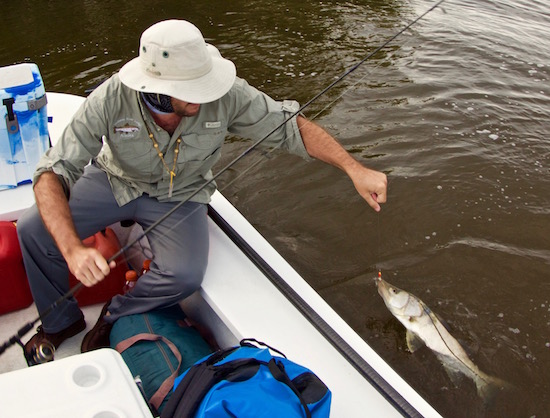
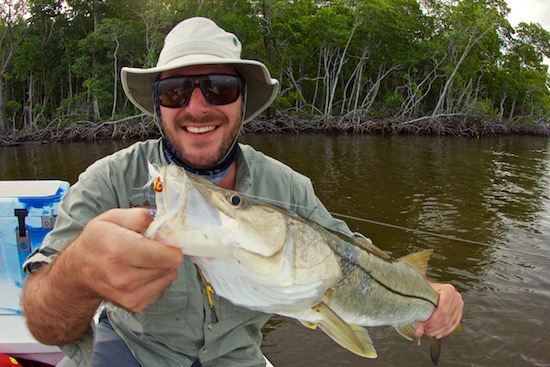
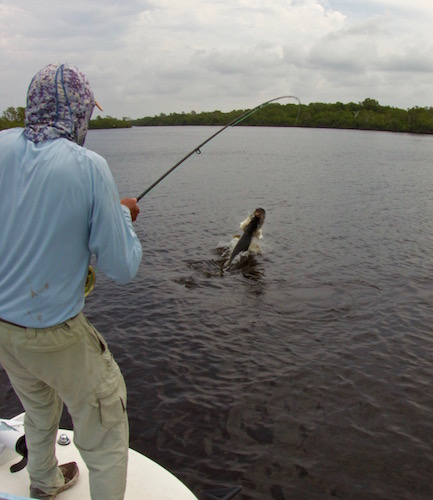
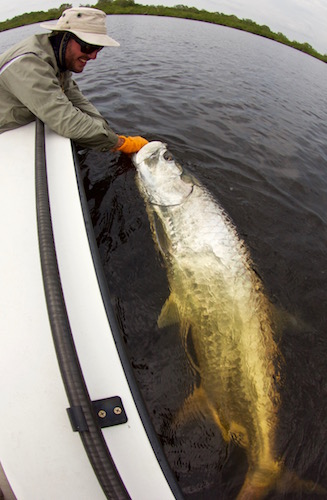
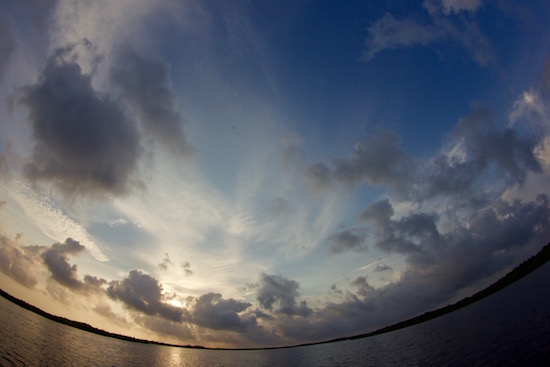
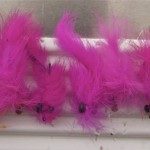
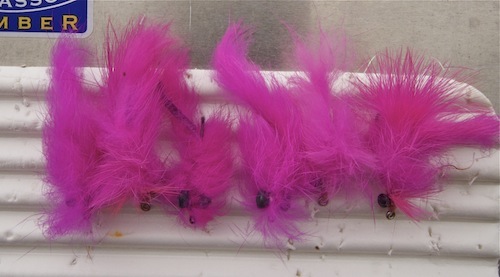
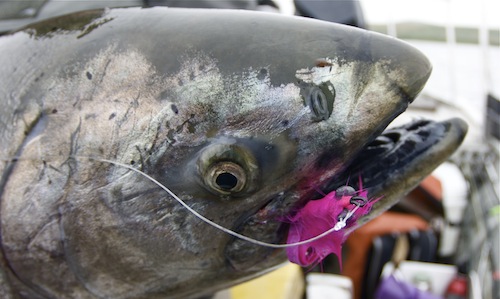
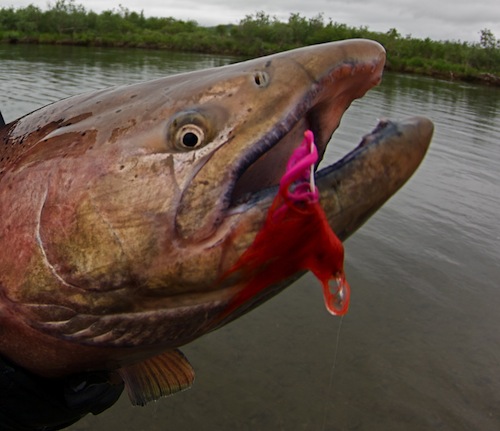
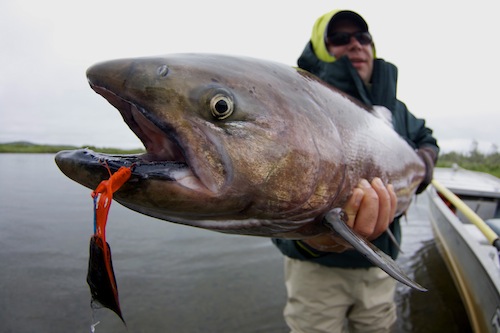
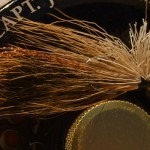
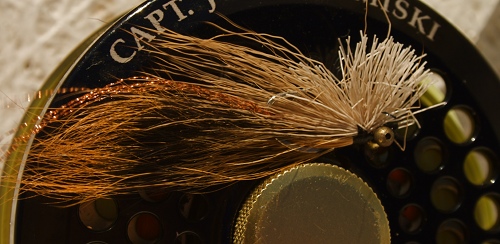
Recent Comments